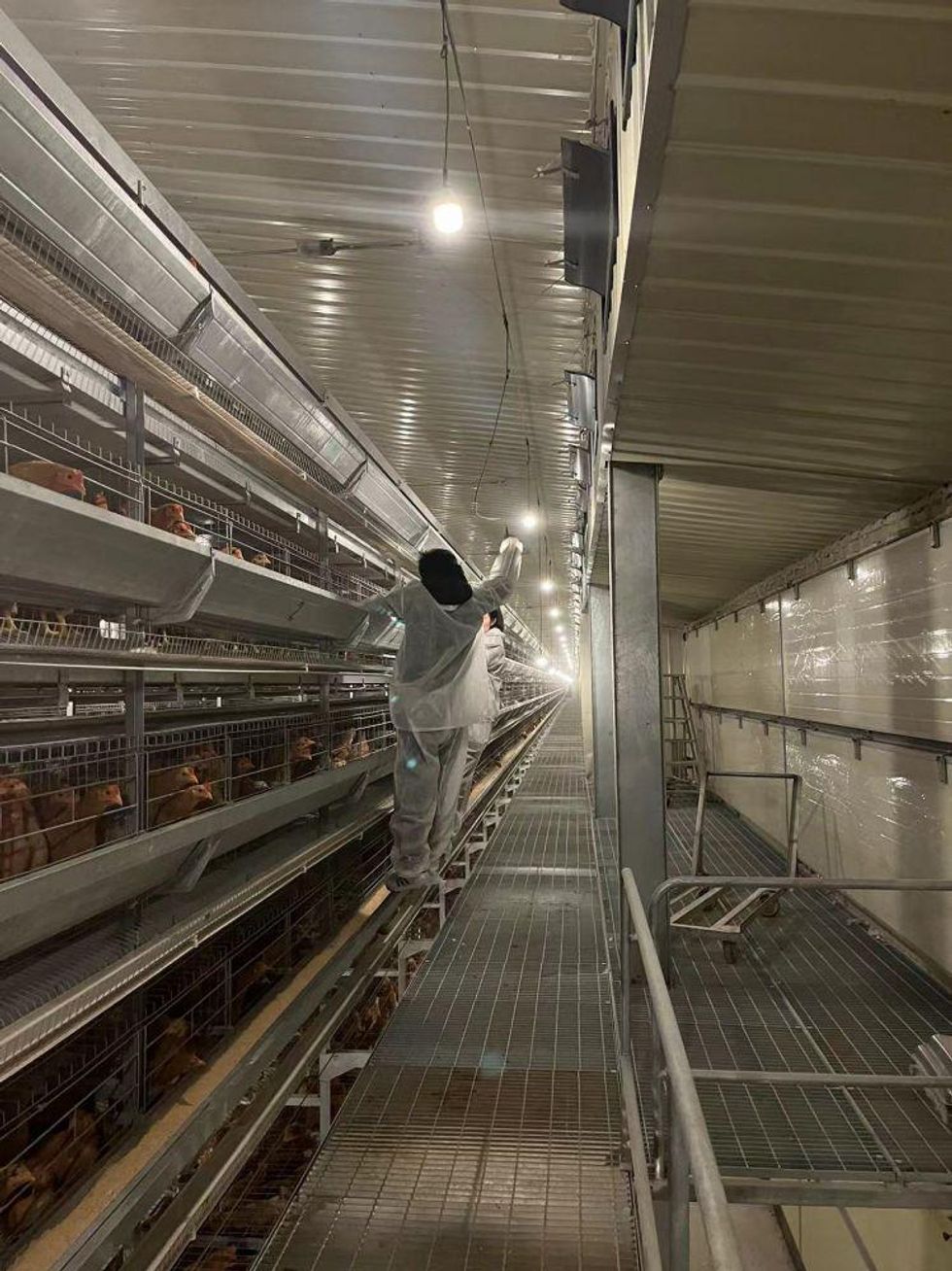.
No matter what type of poultry farmer you are, there is a lot to learn about how LED lighting impacts the industry and how to maximize its potential. This article will tell you everything you need to know about LED poultry lighting and share our favorite tips.
Introduction to LED poultry lighting
When it comes to farming, technology has always been evolving. With new and innovative ways of doing things comes a new way of looking at how we can improve our operations. One such way is through the use of LED poultry lighting.
LED poultry lighting is a new generation of farming technology that has revolutionized how poultry is managed. With this type of lighting, chickens can be kept in better conditions and produce higher quality eggs and meat. This guide will provide an overview of LED poultry lighting and discuss some of its benefits.
Benefits of using LED poultry lights
One of the most significant benefits of LED poultry lights is their long life span. Unlike other types of poultry lighting, LED lights do not require frequent replacement. This can save both time and money on your overall farming operation. Additionally, LED lights to emit a much cooler light than traditional incandescent or halogen lights, which can help to reduce bird issues like feather picking and feather pecking.
Another significant benefit of using LED poultry lights is that they are environmentally friendly. Compared to traditional lighting sources, LED poultry lights significantly less energy. This can have a big impact on your overall energy bill and help protect the environment.
Considerations when using LED lighting
LED poultry lighting is becoming more popular by the day. If you are thinking about going this route, there are a few things to consider. Here are some of the considerations:
1. The wattage of LED lights determines how bright the light will be. A light with a higher wattage will be brighter than a lower wattage. For example, a 100-watt LED light will be brighter than a 10-watt LED light.
2. You need to account for the distance between the light and the birds. The closer the light is to the birds, the better, but if it's too close, they may become scared or uncomfortable and not lay eggs or produce healthy meat.
3. You also need to consider where you will mount your LED lights. They should be mounted high enough so that they don't cast shadows on the birds but not so high that they obstruct their vision.
4. You will also want to choose which type of LED poultry lighting you want to use: warm white or cool white LEDs. Warm white LEDs emit a warmer color than cool white LEDs, making them more comfortable for humans and animals alike.
Which type of LED light is right for you?
There are a few things to consider when it comes to choosing the right LED poultry lighting for your farm. First and foremost, you'll need to decide what type of poultry you have and what their natural behavior is.
The most popular type of LED light for chickens is the fixed-wattage bulb, which is available in both incandescent and fluorescent varieties. These bulbs emit a warm white light good for chickens who like to roost in the same area all night long. A brighter light may be better for hens who aren't as active at night - something in the 600-700 nanometer range.
For turkeys, lighter bulbs like those used in household lamps (in the 200-300 nanometer range) are best because they produce a yellow light that mimics natural sunlight. Incandescent bulbs can also be used in turkey houses, but they produce a harsher light that's not as inviting to turkeys.
If you have ducks or geese, you'll need something different. Because these birds eat mostly aquatic vegetation, you'll want an LED light with a blue or green spectrum.






 Photo by
Photo by 





